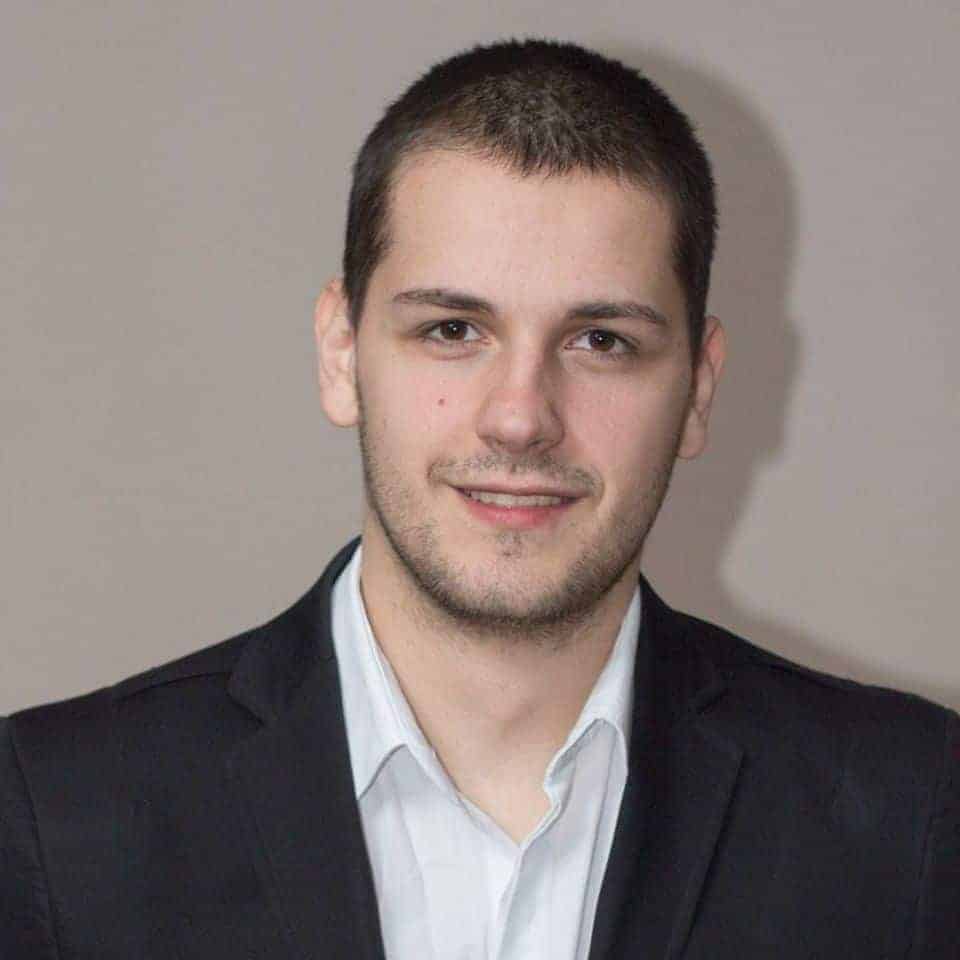
This week, Mystic Mag had the opportunity to interview Peter Sterios, Yoga Teacher who kindly agreed to share some information about his career, how it developed, and what he loves most about his profession.
When did you first know that Yoga was your calling and how did it come about?
(excerpt from Gravity & Grace: How to Awaken Your Subtle Body and the Healing Power of Yoga by Peter Sterios ©2019)
How are we drawn to yoga, and what is it about yoga that sticks? The unique circumstances that lead any of us to our first yoga class are some of life’s many mysteries. Is it destiny or perhaps an unfortunate event such as illness or injury that brings yoga to our doorstep? In my case, it was a little of both.
I had my first taste of yoga during my junior year at architecture school. I woke up late for class as usual, having stayed up until 4:00 a.m. to finish a project that was due later that morning. I had only slept three hours in that past forty-eight, and my whole body ached, especially my neck. As I passed through the rec center on my way to class, I noticed the door to a group fitness room was propped open just enough to peek inside. To this day, I don’t know why I had the impulse to stop, turn, and look in. But when I did, what I saw made no sense to me. With no context from previous life experience to draw from, it was as though I’d just landed in another world and was witnessing some strange ritual performed by an alien species of being. Even stranger, I found myself pushing open the door and walking in, entering a room full of girls exercising.
“Can I help you?” the teacher asked, her voice inviting.
“What is this?” I asked.
“It’s a yoga class.”
“What’s that?”
“If you’d like to find out, you’re welcome to join.”
Oh, no—that was not what I was expecting to hear. Put on the spot, I was suddenly embarrassed, until I noticed that most of the faces focused on me held warm looks of encouragement and welcome.
“Sure,” I decided. “When’s the next class?”
A week later, I was back, looking silly, no doubt, in tennis shoes, white athletic socks, and basketball shorts, shirtless, with my long ’70s hair pulled back with a sweatband for “coolness,” like I was ready for a workout in the weight room next door.
The class started with all of us on the floor sitting still, cross-legged. The teacher began to chant Sanskrit, and everyone except me tried to follow—some more successfully than others. Luckily the chanting didn’t last long, and soon the instructor had us stand up for a sequence of poses she called “Salutations to the Sun.” I thought, I can do this—I really like the sun!
My first set of the sequence was humbling. It was a fully self- conscious process, but not in the yogic sense—more in the egotistical sense: Am I doing it “right”? How come I can’t touch my toes like they do? Did she say left foot or right foot? Is that my left foot? What is a perineum? Is that sweat on my mat, or am I drooling? Holy crap, this is harder than I thought! How many more of these are we going to do?
After three rounds of salutations, I was dripping in sweat and breathing like I’d scaled a Himalayan peak without oxygen. I felt like I was going to pass out. But then the pace of the class slowed down. We did a short series of floor poses—gentle twists and seated forward bends—which I could only access using straps for clasping my feet and a bolster under my butt to elevate my hips. Each pose inched me closer to the sheer agony of fully stretching my chronically tight hamstrings. The pain was intense; I imagined this must be what child- birth felt like. Fortunately, the instructor came over and adjusted my pose; with her guidance, the pain dialed back a notch. I gained a little confidence that the pain response in my legs could be eased with the help of calm touch.
When we finished the last set of poses, we were asked to lie down on our backs and close our eyes. The teacher led us through a relaxation exercise, where we moved our attention to various parts of our bodies, alternately squeezing
and releasing different muscle groups from head to toe. After the last release, she asked us to bring our awareness to the breath and just follow the rise and fall of the lungs. Where I went after that I have no idea. The next thing I consciously knew was a gentle touch on my shoulder to wake me up. The class was over, and half the people had already left.
“How was that?” the instructor asked.
I could only smile. The miserable ache in my neck that I had come
from the previous week, studying like a maniac for two days straight with little sleep, was gone. In fact, all my usual aches and pains were gone. I was hooked!
What services do you offer?
Yoga teacher training, yoga & wellness retreats, yoga workshops, architectural design, and yoga product design and development consulting.
How powerful Yoga really is?
(excerpt from Gravity & Grace: How to Awaken Your Subtle Body and the Healing Power of Yoga by Peter Sterios ©2019)
From its start millennia ago to the present, the path of yoga is often traveled by those with a passionate desire to learn more about themselves and life. Usually it begins with simple body exercises that create a new awareness, arising first on a physical level.
Then, through consistent practice, the magic and mystery of yoga unfold the potential to transform on levels beyond the physical—into the psychological and, even further, into the spiritual. This is where we begin to experience the power of yoga – not just power physically, but mentally, emotionally, and spiritually as well.
What level of experience is required to enjoy its full potential? (excerpt from Gravity & Grace: How to Awaken Your Subtle Body and the Healing Power of Yoga by Peter Sterios ©2019)
The practice of yoga starts where you are at, so at any level of experience, what is required to enjoy its full potential is consistent practice and guidance from a teacher from time to time, that helps you along the way to discover your true inner teacher and intuition.
To achieve this, the first task is to awaken within the self-authority for creating movement safely and efficiently in each practice.
Then, with your own personal experience as a guide, the next task is to build intuitive motivation for going further and deeper into the subtle body aspects of your practice. How? By minimizing mental distraction with excessive technique and intuitively focus attention on experiencing the essence and beauty of movement and the sensations produced during our practice.
Thus, we access the transformative grace of a practice tuned to present-moment experience and learn to use the natural gift of subtle energies that we are all born with in service of our growth and healing.
What can a person expect from your sessions?
You will learn how to touch resistance and discomfort in your life as softly as you can, which is a necessary energy for intimacy within yourself and with others.
What is the most important detail in maintaining a relationship of mutual trust with clients?
Kindness (and a close second is gratitude).
What do you love most about your profession?
Participating in and facilitating a community committed to health and well-being – physically, psychologically and spiritually.



